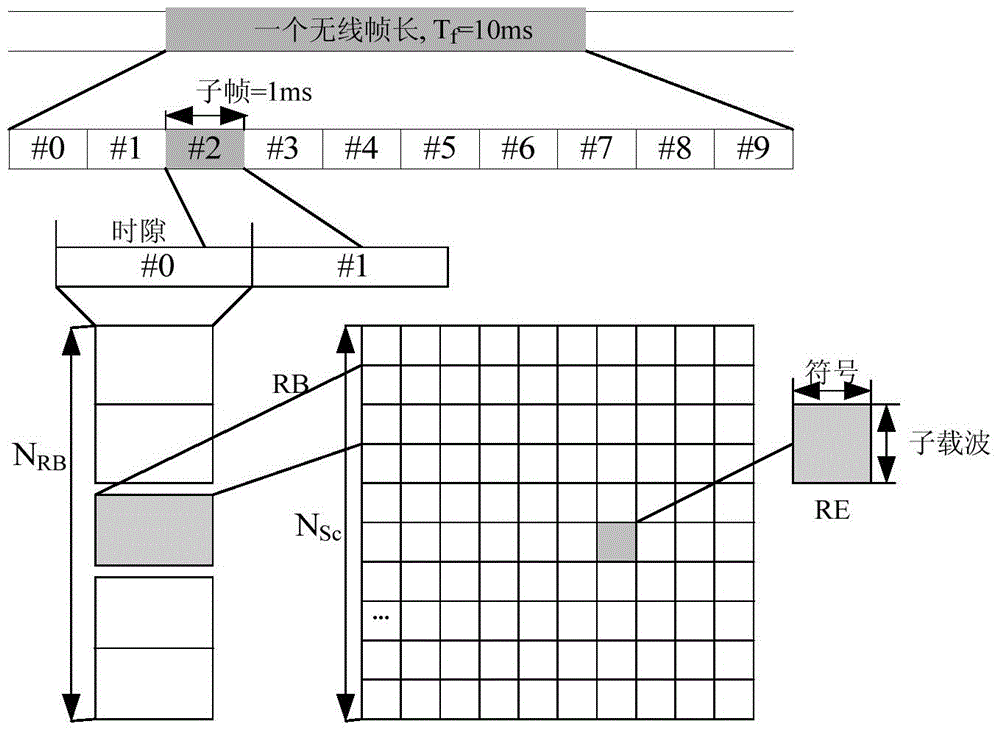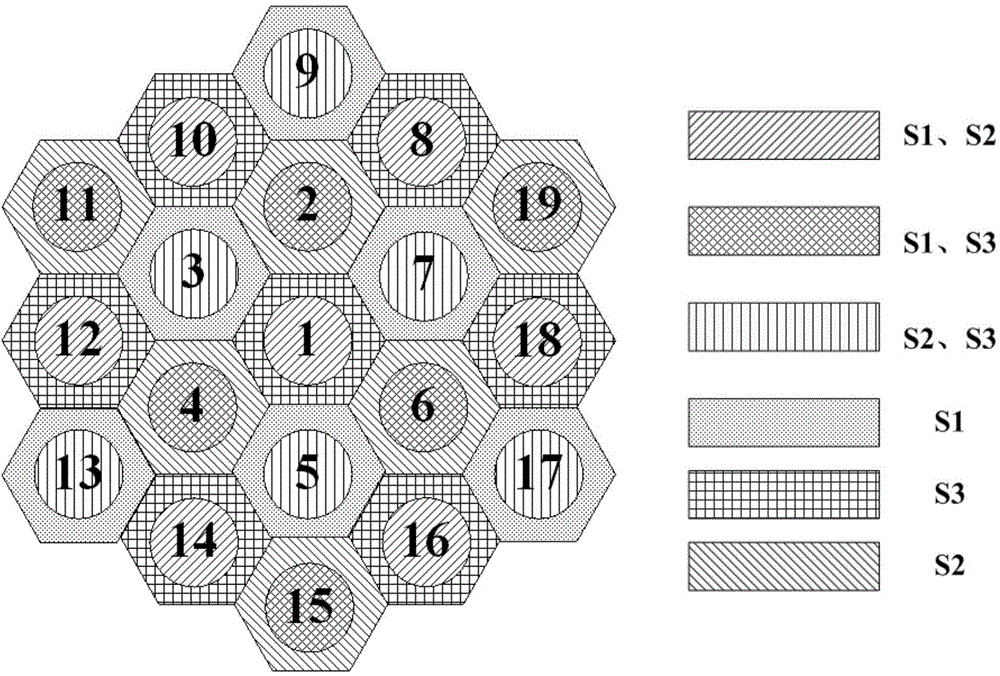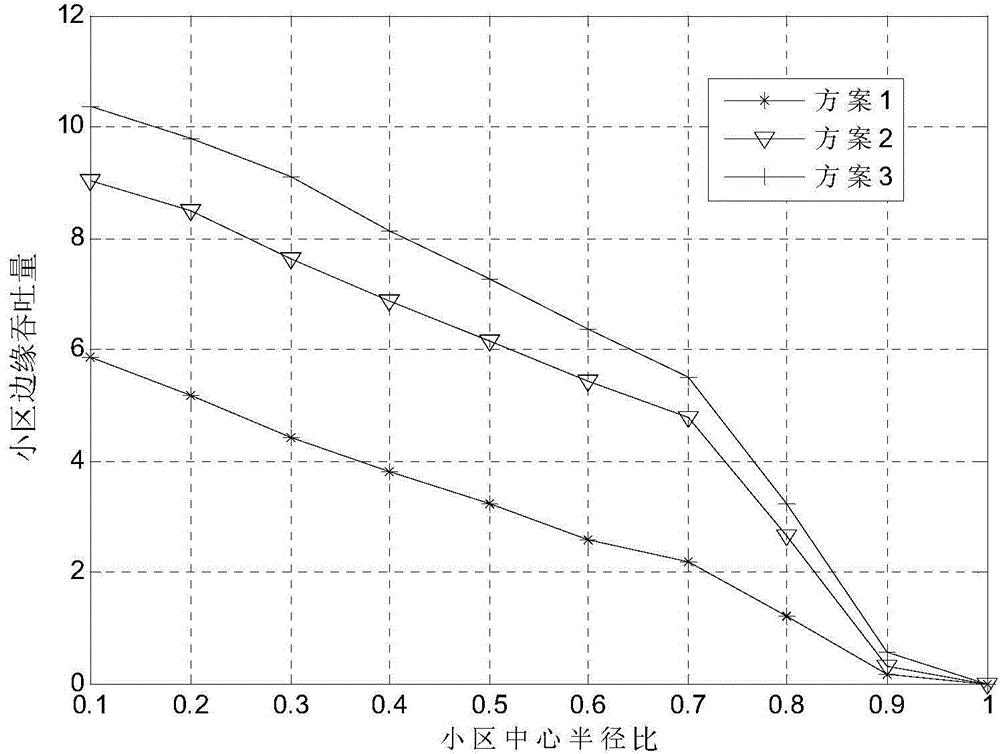Resource allocation and interference suppression method based on non-cooperative game in LTE system
A non-cooperative game and resource allocation technology, applied in system-level network simulation, non-cooperative game-based resource allocation and interference suppression, can solve the problem of high computational complexity, inability to fully utilize the time-varying characteristics of wireless channels, network performance, and high user It is difficult to obtain channel state information and other issues
- Summary
- Abstract
- Description
- Claims
- Application Information
AI Technical Summary
Problems solved by technology
Method used
Image
Examples
Embodiment Construction
[0039] The present invention will be further described below in conjunction with drawings and embodiments.
[0040] The non-cooperative game-based resource allocation and interference suppression method in the LTE system provided by the present invention comprises the following steps:
[0041] 1) For an LTE network with M subcarriers, its resource allocation is carried out in the form of a physical resource block (PRB), and the present invention adopts a TDD frame structure;
[0042] The application of the TDD frame structure is in line with the current research on 4G TD-LTE in China. Compared with FDD, TDD can support more users with better channel quality and meet different QoS requirements of users. The resource allocation of the LTE system is allocated in the form of a physical resource block (PRB). A PRB contains N resources in the time domain. sd consecutive OFDM symbols, including N in the frequency domain sc consecutive subcarriers.
[0043] 2) In view of the widesp...
PUM
 Login to View More
Login to View More Abstract
Description
Claims
Application Information
 Login to View More
Login to View More - R&D
- Intellectual Property
- Life Sciences
- Materials
- Tech Scout
- Unparalleled Data Quality
- Higher Quality Content
- 60% Fewer Hallucinations
Browse by: Latest US Patents, China's latest patents, Technical Efficacy Thesaurus, Application Domain, Technology Topic, Popular Technical Reports.
© 2025 PatSnap. All rights reserved.Legal|Privacy policy|Modern Slavery Act Transparency Statement|Sitemap|About US| Contact US: help@patsnap.com



